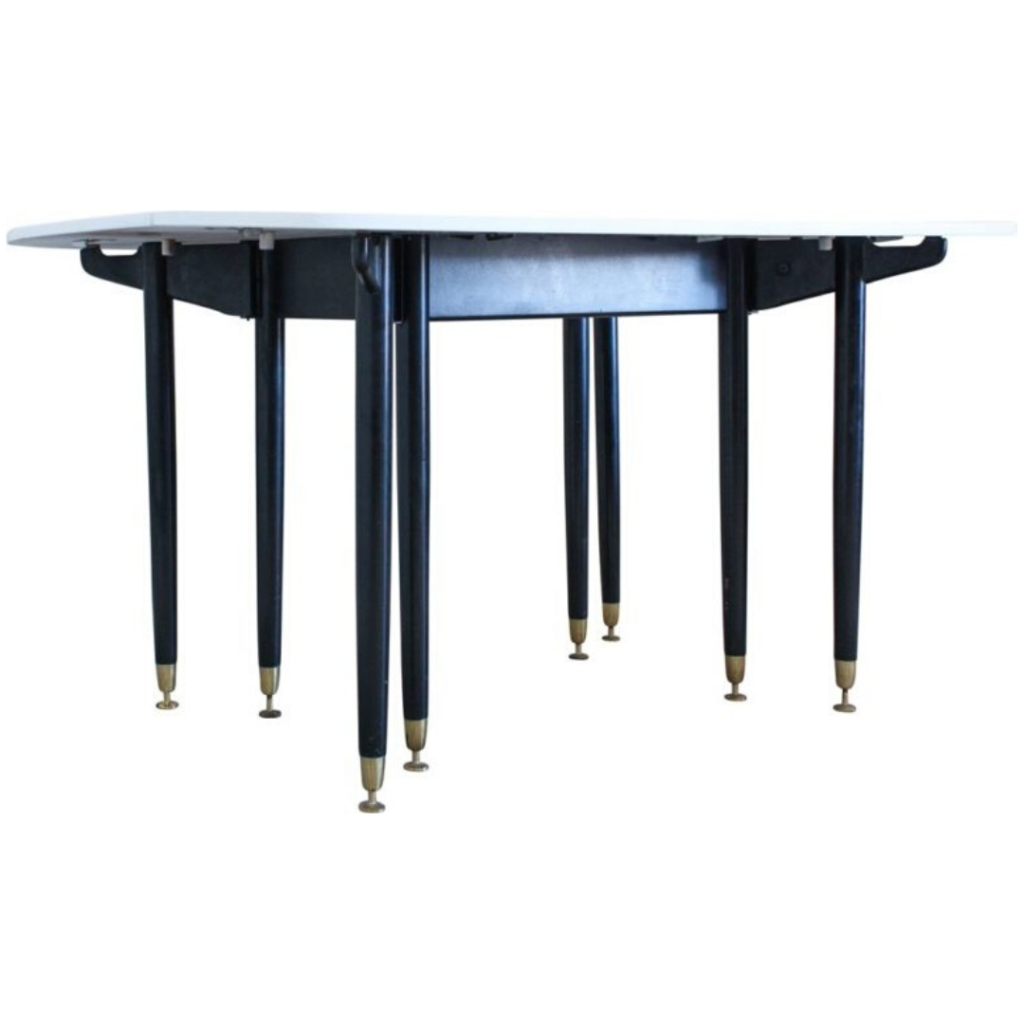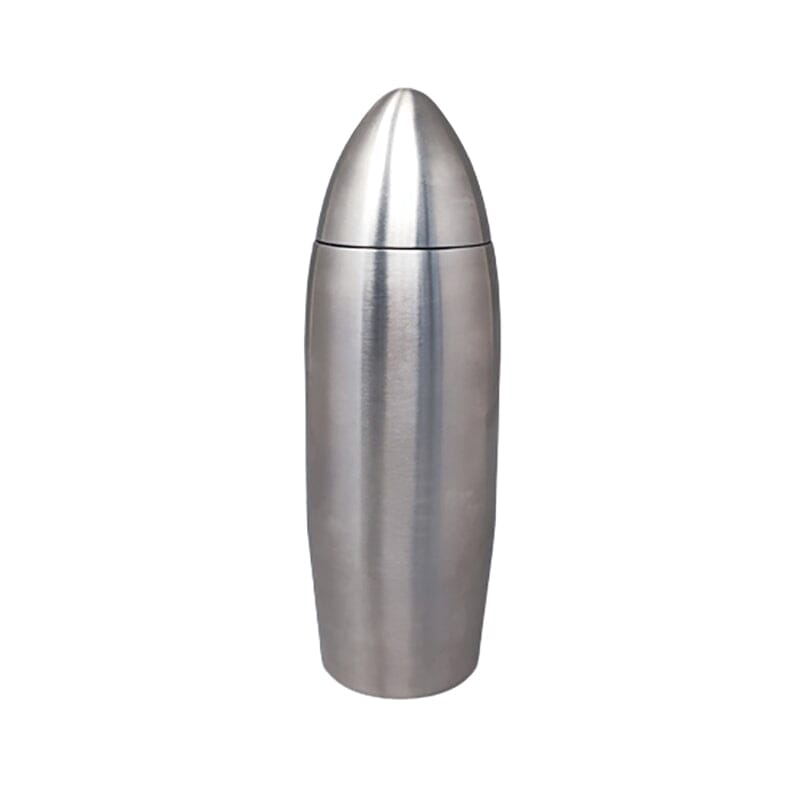Tambour door
I have issue #54 of Fine Woodworking in which tambour doors are made up using almost exactly the method tktoo suggests. One extra step is to 'score' the face with a sharp razor knife before flipping over onto a curved surface to 'open' up the slats and then cut through the veneer with the razor knife using the edge of the slat as a guide. If you make the slats a little longer than the veneer you have the 'crack' of the slats for a reference when doing the 'scoring'. One tip was to use white glue on the slat faces, lay veneer on top, then either several sheets of newspaper or thin foam,then use 3/4" plywood and clamp plywood,veneer,slat sandwich for no more than 15 mins. Then remove panel and flex it to be sure no glue has seeped between the slats. Same 15 min. time for gluing the canvass backing on.
FWW #54, you say, rosewood?
Now you're really reaching back to a time when my brain still acted like a sponge instead of just looking like one. But, wouldn't you know it, I have a copy, too.
The author of that article cut individual slats, captured them in a tightly-fitted frame, and glued the face veneer to them in one piece using clamps and plywood as a caul or platen effectively achieving results similar to using a veneer press. Then, before the glue had cured completely, he removed the assembly from the improvised press and flexed it to break any bonds caused by glue seepage between the slats. Later, he simply sliced through the face veneer from the back with a knife using the gaps as guides for the blade and then repeated the process to adhere the backing fabric.
Thanks for
that, tktoo. So, enough room was left between the slats before applying the veneer, that a knife blade was able to penetrate to the back of the veneer ?
Maybe if a slicing station were set up above a slight ridge in the work table, so that the slats could open from the back, one slot at a time ?
I'm still agog at the production prospects. Yet clearly someone made a system that worked reliably . . .
Yes, SDR, I believe that's exactly how it was done.
Flexing the assembly over a curved or raised surface, that is. The article is scant on details, but slicing through the face veneer from the back would require opening the gap to enough of an angle accommodate the thickness of the blade.
I should note that the article mainly concerns the author's inlaid face veneer rather than tambour door construction specifically and that his doors were much smaller than those that glassartist would need to make for his project.
You may be able to access the article on the FWW website, if you're so inclined.
If you need any help, please contact us at – info@designaddict.com









